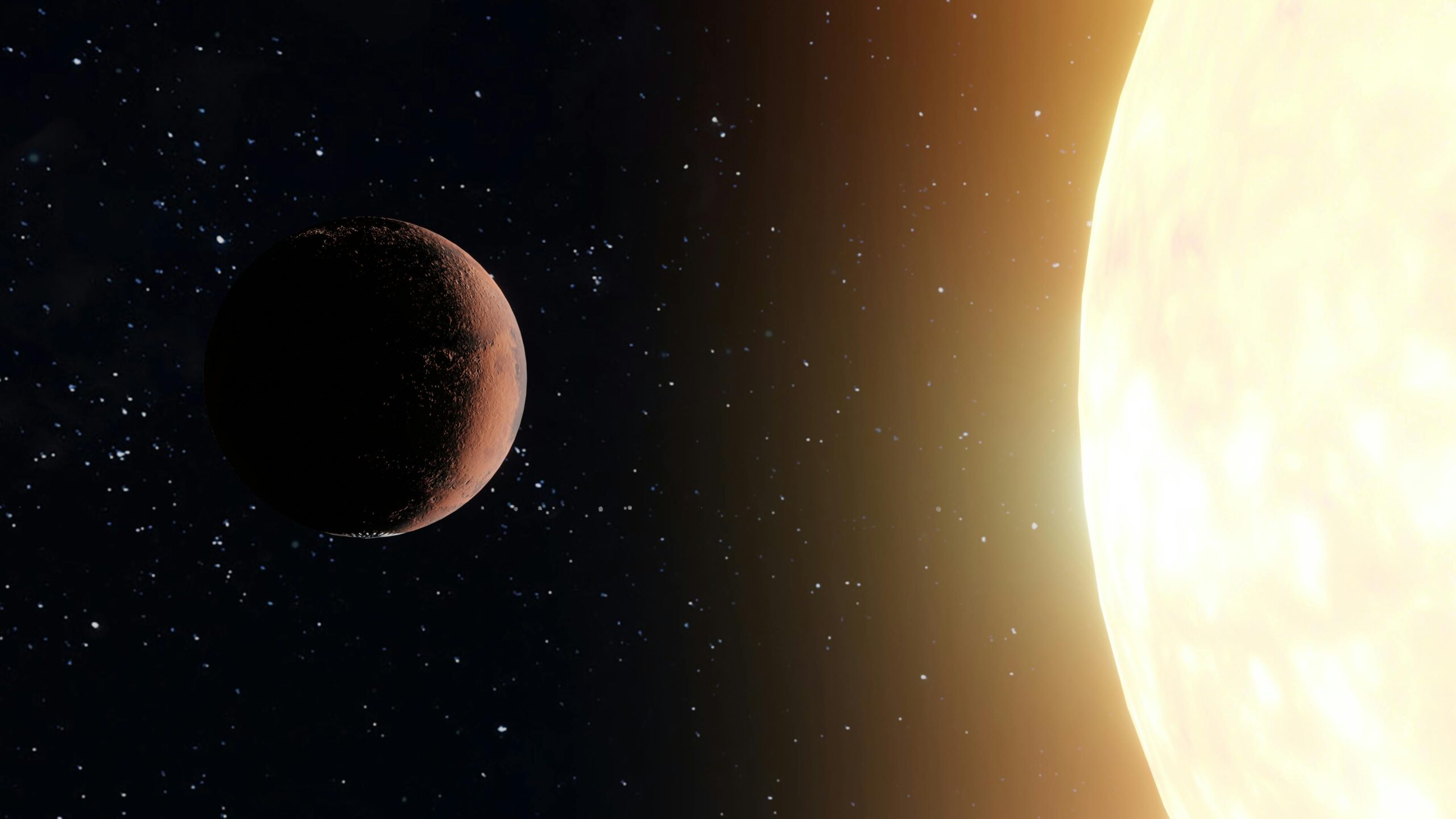By: Cathy Cai
Earth rotates around the sun in the shape of an eclipse. On Friday, July 5th, the earth reached its farthest point from the sun, known as an aphelion. Here in the Northern Hemisphere, summer is here. As many people relish extended, warm days at the beach or in other natural settings, you might be suprised to hear that our planet is gradually approaching one of the farthest separations from the sun. Here’s everything you need to know about this annual summertime celestial phenomenon.
Every July, Earth reaches aphelion takes place; this year, it falls on a Friday at 1:06 a.m. Eastern time. The elliptical orbit of Earth is brought on by gravity. Every planet of the solar system orbit their suns in extended circles, and planets orbiting other stars probably do the same. “All the planets tend to jostle each other around,” pulling their orbits from perfect circles, Dr. Runyon, a geologist at the Planetary Science Institute, said. “It’s this chaotic tug of war between small amounts of gravitational influence that the planets have on each other.” Because of its size, Jupiter has the most impact. The degree to which an orbit deviates from a perfect circle is measured by its eccentricity; more elliptical orbits are produced by larger eccentricities. The eccentricities of Mars and Pluto are greater than those of Earth, whose orbit has an eccentricity of only 0.017.
AT APHELION, WHAT IS OUR DISTANCE FROM THE SUN?
Earth’s distance from the Sun is 94.5 million miles, while at perihelion, it is 91.5 million miles. This distance, while significant from Earth’s perspective, is relatively minor on an astronomical scale. The Sun appears about 4% smaller at aphelion than at perihelion, which is too small to be detected without precise instruments, according to Dr. Wasserman.
CAN THE APHELION AFFECT THE TEMPERATURE ON EARTH?
Although it has a small impact, Earth’s varying distance from the sun is not what causes the seasons. The Northern Hemisphere experiences slightly milder summers and winters as a result of receiving 7% less sunshine at aphelion. However, this influence is mitigated by the hemispheres’ tilt, which is either toward or away from the sun as a result of Earth’s tilt on its axis. Mars and other planets with more pronounced eccentricities may be more affected by this tilt. Earth’s orbit around the sun is becoming more circular as its eccentricity decreases.
WHAT WOULD HAPPEN IF THERE WASN’T AN APHELION?
If Earth’s orbit were a perfect circle, the lengths of the seasons would stay constant, with summer and spring being slightly longer in the Northern Hemisphere. “If, somehow, we snapped our magic fingers and Earth’s orbit became more circular, it’d probably be fine,” Dr. Runyon said. The Southern Hemisphere may experience extremely hot and cold summer and winter seasons, which could result in crop failures and freezes due to Earth’s eccentric orbit. “If it got really bad,” Dr. Runyon said, “advanced civilization would not be possible.” As of now, Earth is still safe for humans to live on.
Image Credit by ZCH











